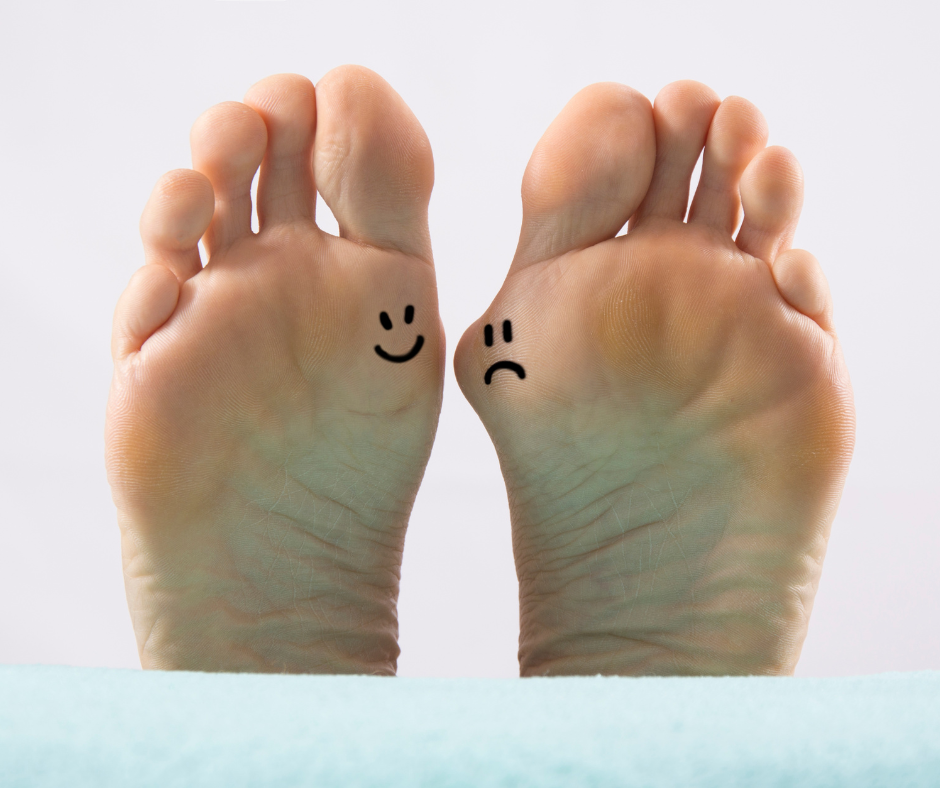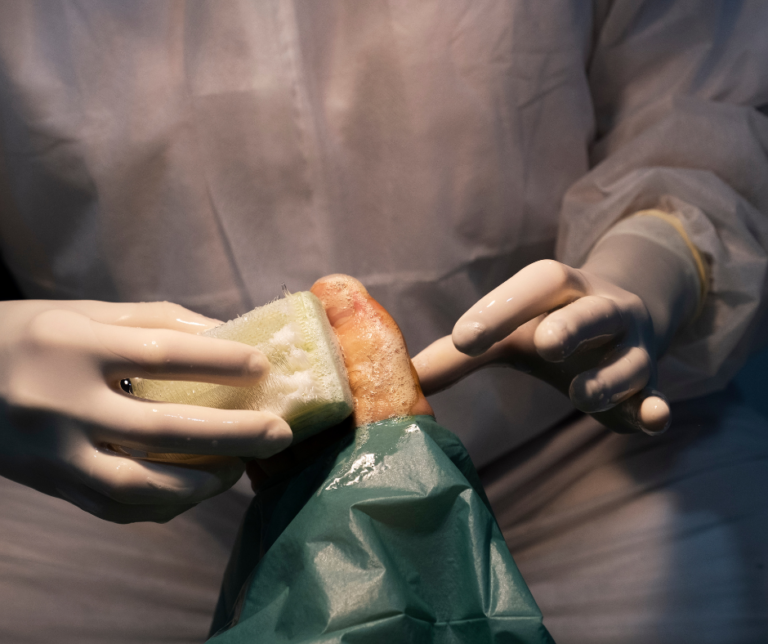What is This Bump on My Big Toe? A Guide to Bunions

Have you noticed a painful, bony bump forming at the base of your big toe? This common issue, known as a bunion, can make wearing shoes and even walking a painful experience.
But don’t sweat it! In the following guide, the Foot & Ankle Associates of Cleveland will answer the most common questions about bunions, helping you understand the problem itself and your options for relief, too.
What Exactly Is a Bunion?
A bunion is more than just a bump!
- It’s a structural deformity where the bone at the base of the big toe joint (the first metatarsal) moves out of alignment and pushes outward.
- This forces the big toe to bend inward, sometimes overlapping the other toes. This misalignment is what creates the prominent, often painful, bony bump.
What Causes Bunions?
This is one of the most frequently asked questions.
- While tight shoes can certainly make a bunion worse, they are rarely the root cause. The primary cause of bunions is most often heredity.
- An inherited foot type with poor mechanics (like flat feet or low arches) makes you more prone to developing the instability that leads to a bunion.
- Conditions like arthritis can also be a contributing factor.
What Are the Symptoms of a Bunion?
How do you know if the bump on your foot is a bunion? Look for…
- A Visible Bump: A noticeable bump on the outside of your big toe joint.
- Pain, Redness, or Swelling: Discomfort and inflammation centered around the big toe joint.
- Corns or Calluses: These can develop where the toes rub against each other or on the ball of the foot.
- Restricted Motion: You might experience stiffness or a limited range of motion in your big toe.
- Other Deformities: The development of hammertoes is common with bunions.
Can Bunions Be Treated Without Surgery?
Yes! This is a critical point. The earlier you seek treatment, the better the chances are of managing your pain without surgery. The goal of non-surgical treatment is to relieve pressure on the bunion and slow its progression.
Common conservative treatments include:
- Footwear Changes: Switching to wider shoes with a deep toe box and avoiding high heels can provide immediate relief.
- Padding and Taping: Applying a bunion pad or strategically taping the foot can help reduce pain and support the foot in a more normal position.
- Anti-Inflammatory Measures: Applying ice packs and using anti-inflammatory medications can help manage swelling and pain.
- Custom Orthotics: These prescription shoe inserts are one of the most effective tools for controlling faulty foot mechanics, relieving symptoms, and preventing the deformity from worsening.
When is Bunion Surgery Necessary?
Bunions do not go away on their own and will likely worsen over time. If you’re affected, get in touch. We’ll explore your options and tailor treatments to you!
Call Foot & Ankle Associates of Cleveland in Solon, Ohio, at (440) 903-1041 or contact us online to schedule a consultation. Dr. Craig B. Frey, Dr. Megan L. Oltmann, Dr. Jim Swienconek, and Dr. Courtney Yoder treat patients in Portage, Geauga, Cuyahoga, and Summit Counties, proudly serving Solon, Aurora, Bedford, Chagrin Falls, Hudson, Macedonia, and Twinsburg, too.







